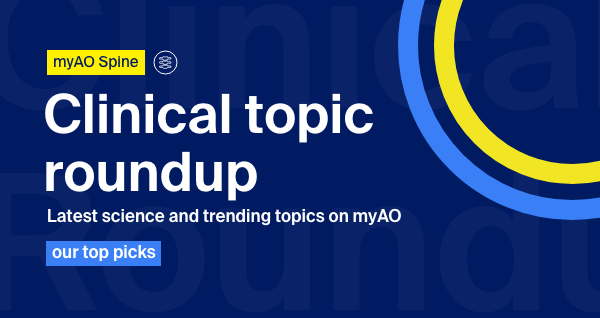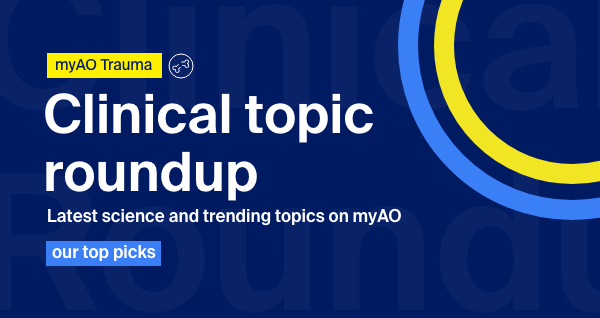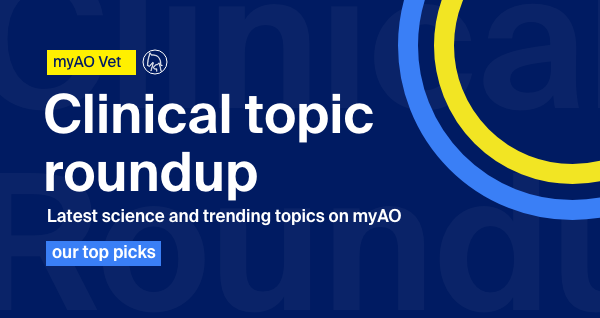Clinical Topic Roundup
March 2022
Recent developments in imaging technology have allowed for rapid processing and visualization of significant amounts of data yielded from a variety of digital imaging modalities. Prerequisites have been established for three-dimensional (3D) visualization as well as programs for the computer-assisted 3D planning of surgical procedures, and these image sources are now available to assist the surgeon in the operating room.February 2022
Degenerative spinal conditions represent one of the most frequent domains of spinal pathology, which can affect patients of any age. Appropriate management can reduce the morbidity and improve significantly the life quality of these patients. myAO is offering you the following exclusive selection of "knowledge gems" around spinal degeneration.October 2021
Children and adolescents present a unique challenge in trauma care because they are so different from adults. The risks to injured children and adolescents can be significantly reduced with the provision of appropriate care. Besides access to two new AO Surgery Reference modules on Pediatric Trauma, myAO is offering you the following exclusive selection of "knowledge gems" around Pediatric Fracture Management.March 2023
Bone deformity in animals can be caused by a range of factors, including injury and developmental abnormalities. Corrective treatments can include surgical procedures such as osteotomy or the use of corrective braces and splints. myAO is offering you the following exclusive selection of "knowledge gems" around deformities correction.March 2022
Pelvic and acetabular fractures (PAFs) are among the most serious injuries treated by orthopedic surgeons and require rapid and precise treatment. In response, AO Trauma's pelvis education task force is working on the definition of a curriculum to address these challenges.July 2022
Oculoplastic and Orbital Surgery (also known as oculofacial surgery, or ophthalmic plastic and reconstructive surgery) treats conditions of the eyelids, eye socket and tear drainage system. myAO is offering you the following exclusive selection of "knowledge gems" around Oculoplastic and Orbital Surgery.May 2022
Biomechanics, the application of mechanical principles to living organisms, helps us to understand how all the bony and soft spinal components contribute individually and together to ensure spinal stability, and how traumas, tumours and degenerative disorders exert destabilizing effects. myAO is offering you the following exclusive selection of "knowledge gems" around spine biomechanics.June 2022
Veterinary joint surgery includes a.o. cranial cruciate ligament surgeries and surgical treatments for a range of joint issues such as elbow dysplasia, hip dysplasia, as well as full knee and hip replacements. In this clinical topic roundup, you´ll find an exclusive selection of AOVET´s knowledge gems on joint surgery.










